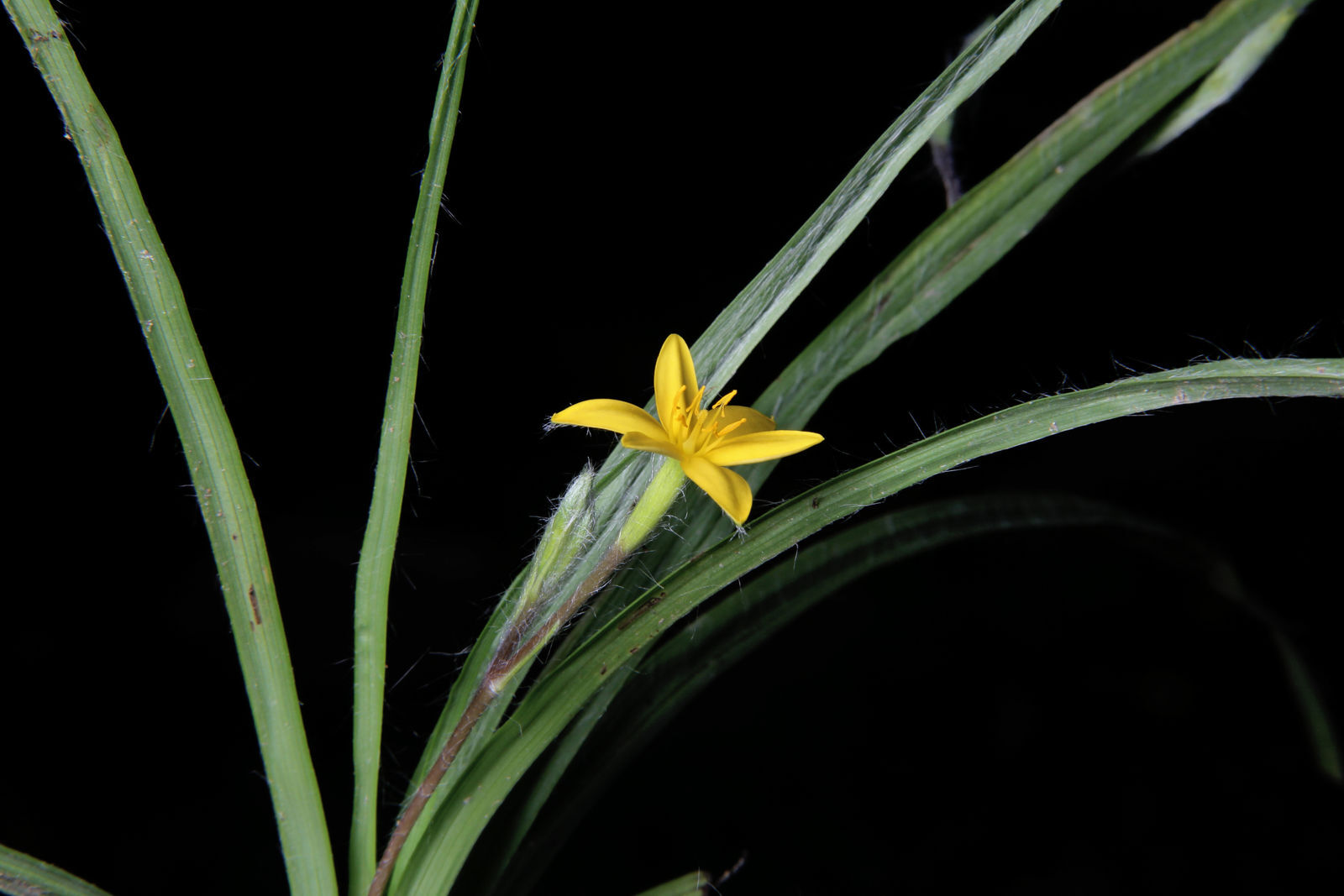
Hypoxis, commonly known as the yellow star-grass, is a fascinating plant with a rich history and many uses. Found in various parts of the world, this resilient herb has intrigued botanists and herbalists alike. Did you know that Hypoxis is often used in traditional medicine? Its roots and leaves are believed to have healing properties, making it a popular choice for natural remedies. This plant thrives in diverse environments, from grasslands to forests, showcasing its adaptability. But what makes Hypoxis truly special? Its striking yellow flowers not only brighten up landscapes but also play a crucial role in local ecosystems. Whether you're a plant enthusiast or just curious, these 30 facts about Hypoxis will give you a deeper appreciation for this remarkable plant.
What is Hypoxis?
Hypoxis, commonly known as the African potato, is a genus of flowering plants in the family Hypoxidaceae. These plants are native to various regions, including Africa, Australia, and the Americas. Known for their medicinal properties, Hypoxis species have been used in traditional medicine for centuries.
- Hypoxis is often referred to as the African potato due to its tuberous roots, which resemble small potatoes.
- The genus Hypoxis includes around 90 different species.
- Hypoxis plants are perennial herbs, meaning they live for more than two years.
- These plants are known for their bright yellow, star-shaped flowers.
- Hypoxis species are found in a variety of habitats, including grasslands, forests, and wetlands.
Medicinal Uses of Hypoxis
Hypoxis has been used in traditional medicine for its potential health benefits. Modern research is also exploring its medicinal properties.
- Traditional healers in Africa have used Hypoxis for treating urinary tract infections.
- The plant is believed to have anti-inflammatory properties.
- Hypoxis has been used to boost the immune system.
- Some studies suggest that Hypoxis may have anti-cancer properties.
- The plant is also used to treat benign prostatic hyperplasia (BPH), a condition that affects the prostate gland.
Nutritional Value of Hypoxis
The tuberous roots of Hypoxis are not only medicinal but also nutritious. They have been a part of the diet in some cultures.
- Hypoxis roots are rich in carbohydrates, making them a good energy source.
- They contain essential vitamins and minerals, including vitamin C and potassium.
- The roots are also a source of dietary fiber, which aids in digestion.
- Hypoxis roots have a low glycemic index, making them suitable for people with diabetes.
- They are often boiled or roasted before consumption.
Cultivation and Growth
Growing Hypoxis can be rewarding due to its medicinal and nutritional benefits. Here are some interesting facts about its cultivation.
- Hypoxis plants prefer well-drained soil and can tolerate drought conditions.
- They thrive in full sun but can also grow in partial shade.
- The plants are propagated through seeds or by dividing the tuberous roots.
- Hypoxis plants are relatively low-maintenance and resistant to pests.
- They can be grown in gardens or containers, making them versatile for different settings.
Conservation and Environmental Impact
Like many plants, Hypoxis faces challenges due to habitat loss and overharvesting. Conservation efforts are essential to protect these valuable plants.
- Some species of Hypoxis are considered endangered due to habitat destruction.
- Overharvesting for medicinal purposes has also contributed to the decline of certain species.
- Conservationists are working to protect natural habitats where Hypoxis grows.
- Sustainable harvesting practices are being promoted to ensure the plant's survival.
- Cultivating Hypoxis in home gardens can help reduce pressure on wild populations.
Fun Facts About Hypoxis
Beyond its medicinal and nutritional value, Hypoxis has some fascinating characteristics that make it unique.
- The name Hypoxis comes from the Greek words "hypo" (under) and "oxis" (sharp), referring to the pointed base of the flower.
- Hypoxis flowers open in the morning and close by late afternoon.
- The plant has a symbiotic relationship with certain fungi, which help it absorb nutrients from the soil.
- Hypoxis is sometimes used in ornamental gardening due to its attractive flowers.
- In some cultures, Hypoxis is believed to have spiritual significance and is used in rituals and ceremonies.
The Final Word on Hypoxis
Hypoxis, often called the African Potato, is a plant with a rich history and a bundle of benefits. Known for its medicinal properties, it’s been used in traditional medicine for centuries. From boosting the immune system to potentially fighting cancer, this plant packs a punch. It’s not just about health; Hypoxis also plays a role in biodiversity and ecosystem balance.
However, like any natural remedy, it’s crucial to use it wisely. Always consult with a healthcare professional before adding it to your routine. With its nutrient-rich composition and historical significance, Hypoxis stands out as a remarkable plant worth knowing about. Whether you’re interested in its health benefits or its role in nature, Hypoxis offers something valuable. Keep exploring, stay curious, and let the wonders of nature continue to inspire you.
Was this page helpful?
Our commitment to delivering trustworthy and engaging content is at the heart of what we do. Each fact on our site is contributed by real users like you, bringing a wealth of diverse insights and information. To ensure the highest standards of accuracy and reliability, our dedicated editors meticulously review each submission. This process guarantees that the facts we share are not only fascinating but also credible. Trust in our commitment to quality and authenticity as you explore and learn with us.
